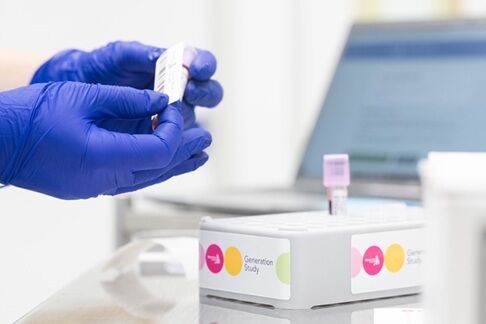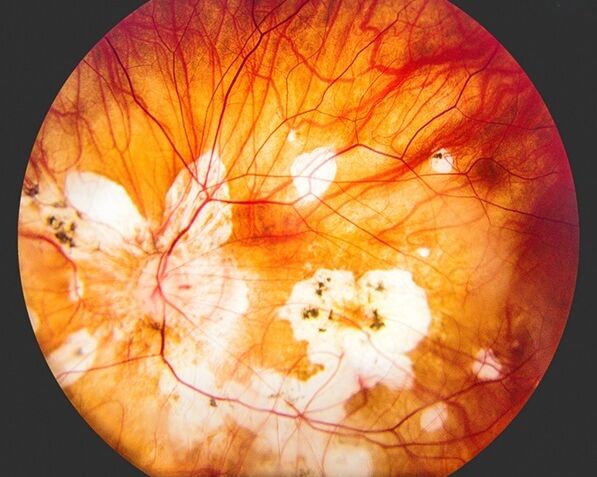New research sets out an effective framework for genomic newborn screening

New research published in Genetics in Medicine and led by Genomics England researchers sets out an effective framework for using genomic newborn screening to identify genetic changes linked to rare conditions. This framework is being used in the Generation Study and can accurately identify these changes while minimising potential false positives that could lead to unnecessary follow-up.
The researchers examined how effective an automated system can be within newborn screening at flagging certain changes in a gene that are likely to be linked to a rare condition for which an intervention exists. As part of the framework, the genetic changes identified are then to be carefully reviewed by a clinical scientist, if required in a consultation with a specialist doctor to ensure accuracy, before being shared with patients themselves.
This approach is being tested in the Generation Study – a groundbreaking research study led by Genomics England in partnership with NHS England. It is sequencing the genomes of 100,000 newborn babies and looking for over 200 rare genetic conditions that can be improved if caught early and treated in the NHS. This will enable earlier diagnosis and treatment that in some cases will be lifesaving.
The researchers evaluated the automated system’s ability to predict which genetic differences are potentially causing rare conditions. These results informed which genes and variants were included as part of the Generation Study. To do this, they tested the system on over 34,000 samples across the 100,000 Genomes Project and COVID-19 study, as well as over 500 samples from people who had genetic changes that are already known to be connected to conditions included in the Generation Study.
Overall, they predicted that 3-5% of participants in the Generation Study will have a genetic change flagged for further review, and less than 1% will have one that requires additional confirmatory testing. They showed, while maintaining a low level of false positive predictions, the algorithm identified causal genetic changes in around 80% of samples that had confirmed genetic conditions, looking specifically in the genes included as part of the Generation Study, which is an acceptably high sensitivity for a screening study.
Having an estimate of the number of babies likely to have these changes flagged also helps the researchers understand the resources needed for manual review and clinical follow up - an important consideration when implementing screening at scale.
“We believe the approach adopted as part of the Generation Study could help to streamline screening, reduce the workload of clinical scientists and allow for a quick results turnaround. Most importantly, families who have a child with a rare condition will be able to be diagnosed and access lifechanging treatment far sooner.
“Our research has also highlighted the importance of assessing each gene individually before being added to the screening process. With so much nuance at a gene level, a careful approach is needed to ensure the results are accurate.”
Joanna Kaplanis
former Genomic Data Scientist at Genomics England and author of the paper
“Publishing our bioinformatics approach in this peer reviewed journal reinforced the credibility and scientific rigour of the Generation Study. We hope that sharing our findings will be useful to others around the world developing similar programmes, with there being a lot of international interest in investigating the feasibility and value of genomic newborn screening.”
Dalia Kasperavičiūtė
Scientific Director for Human Genomics at Genomics England and senior author of the paper
Genomic sequencing offers the chance to screen for hundreds of rare genetic conditions with single test. However, to avoid harm for families via unnecessary tests and treatments and to reduce strain on the healthcare system, it is important that genetic risks are reliably identified. As results accumulate from the Generation Study, they will help provide an even clearer picture of how successful the system set out may be at diagnosing rare genetic conditions earlier, whether it could be adopted more widely, and the best ways of doing this if so.


